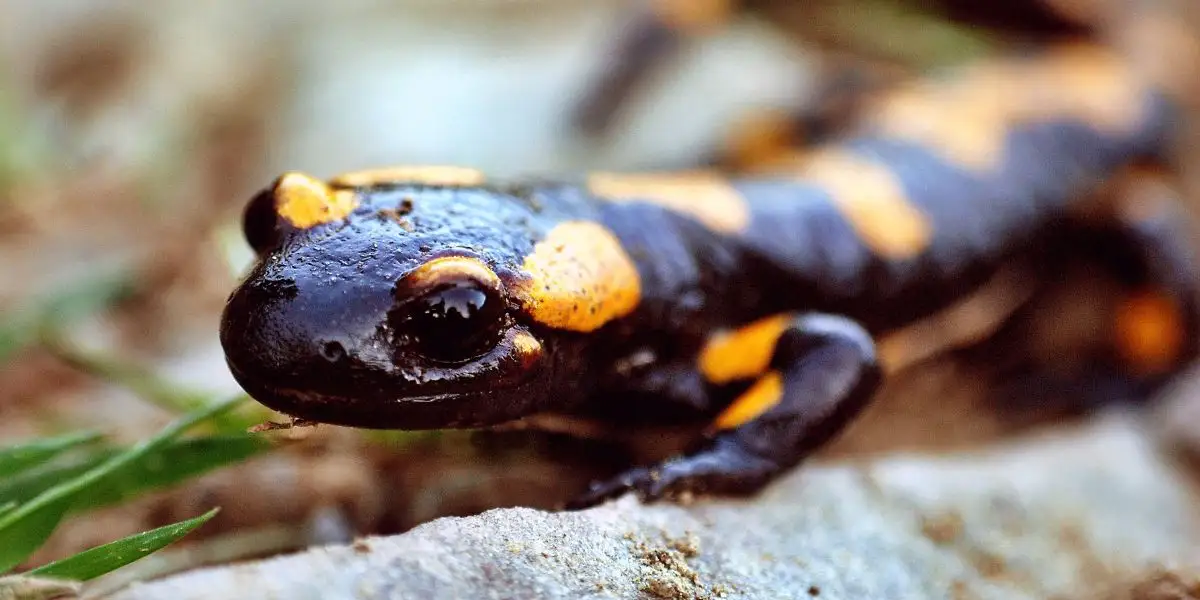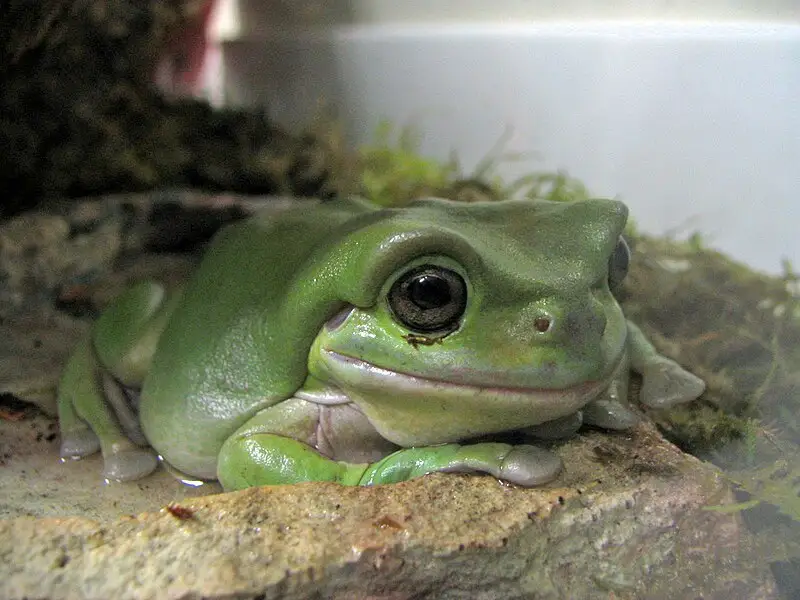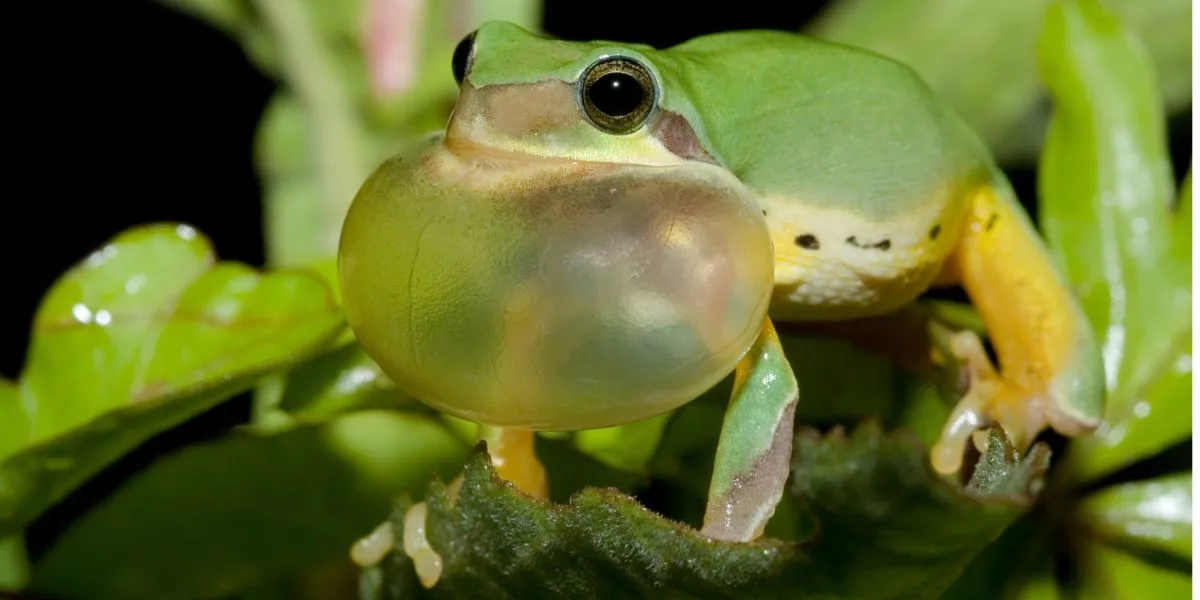Salamanders and Newts: The Mysteries of Amphibians
When exploring the enchanting world of amphibians, two fascinating creatures often pique our curiosity – salamanders and newts. These small, elusive beings possess an undeniable allure, captivating both scientists and nature enthusiasts alike.
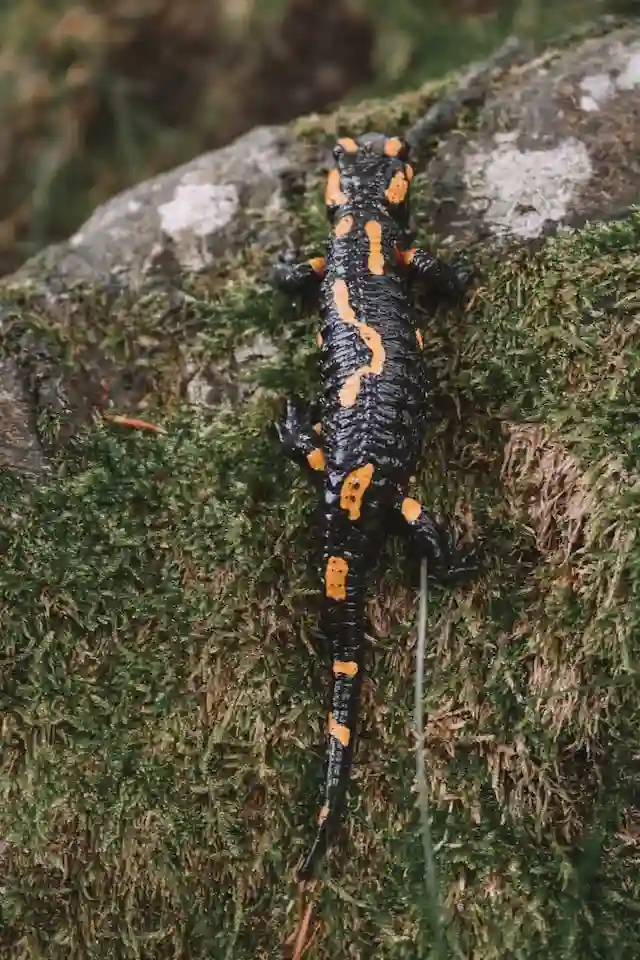
As we delve into their remarkable characteristics and biology, we embark on a journey to uncover the differences that set them apart.
The Dance of Distinctions
Salamanders and newts are both members of the amphibian family, but they fall into separate classifications. Salamanders belong to the order Caudata, which encompasses various species worldwide.
Newts specifically belong to the family Salamandridae. While they share similarities in terms of body structure and habitat preferences, their unique traits distinguish them from one another.
The Significance of Knowing: Understanding Our Natural World
Why should we strive to comprehend the differences between salamanders and newts? Beyond mere intellectual curiosity lies a deeper importance in understanding these creatures. Recognizing their distinctions allows us to appreciate their individual contributions to ecosystems across the globe.
In grasping their unique roles in nature, we gain valuable insights into maintaining biodiversity and preserving delicate habitats where these incredible beings reside. Moreover, distinguishing between salamanders and newts aids researchers in conducting accurate studies related to conservation efforts or evolutionary biology.
By understanding the specific characteristics of each group, scientists can make informed decisions about population management strategies or analyze how different species adapt over time. In this article, we will embark on an exploration through detailed descriptions encompassing various aspects such as physical appearance, habitat preferences, life cycles, reproductive strategies as well as adaptations for survival – all with the aim of unraveling the mysteries behind these captivating amphibians.
General Characteristics
Salamander Characteristics
Salamanders are fascinating creatures. These peculiar amphibians belong to the order Caudata, which includes around 700 different species.
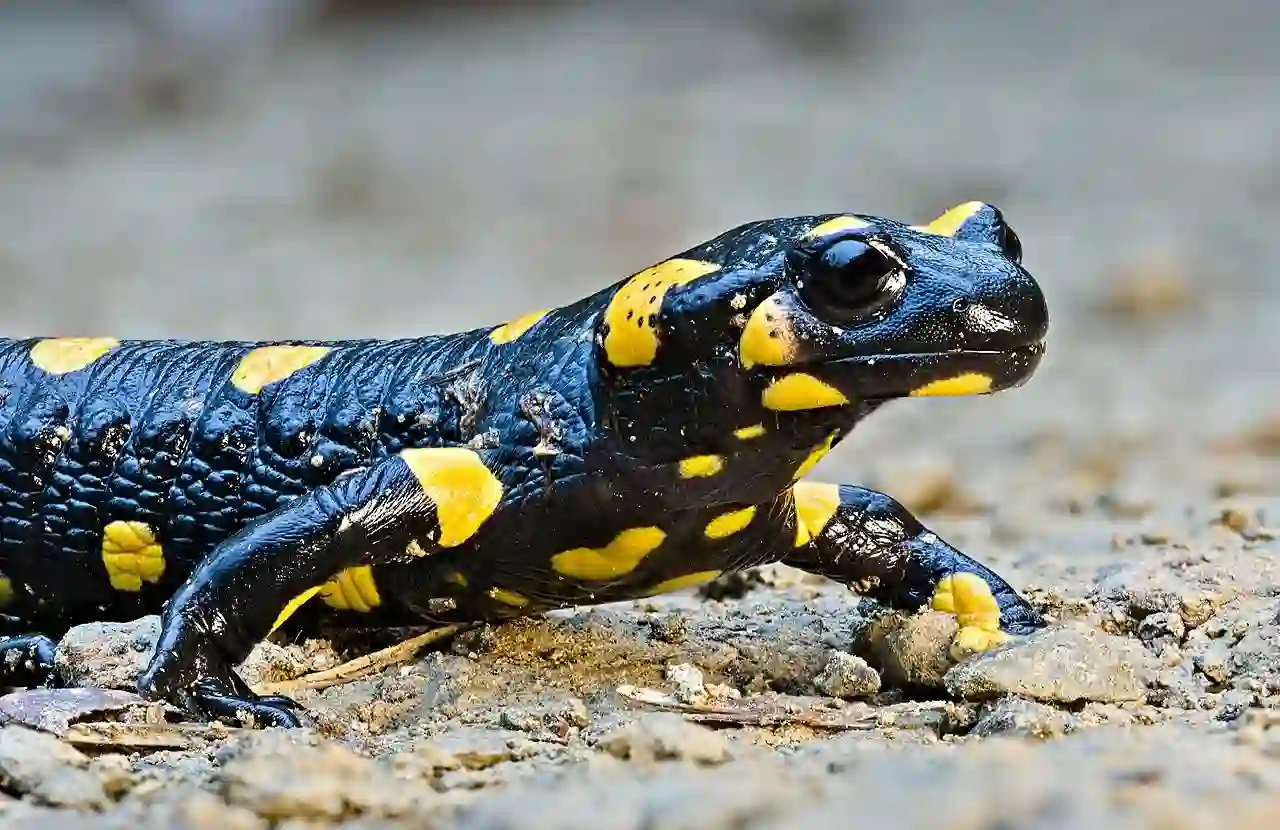
When you encounter a salamander, you’ll notice their distinctive long, slender bodies with tails and four legs gracefully carrying them along. They come in an array of colors and patterns, from vibrant yellows to earthy browns, blending perfectly with their surroundings.
Their skin is a marvel in itself – smooth and moist to the touch, quite unlike the scales we typically associate with reptiles. You won’t find any claws on salamanders; they rely on their dexterous limbs for mobility.
Newt Characteristics
These curious creatures are also amphibians but belong specifically to the family Salamandridae. While they share a similar body structure with salamanders – those long bodies and four legs – newts often have a more robust appearance compared to their slimmer relatives.
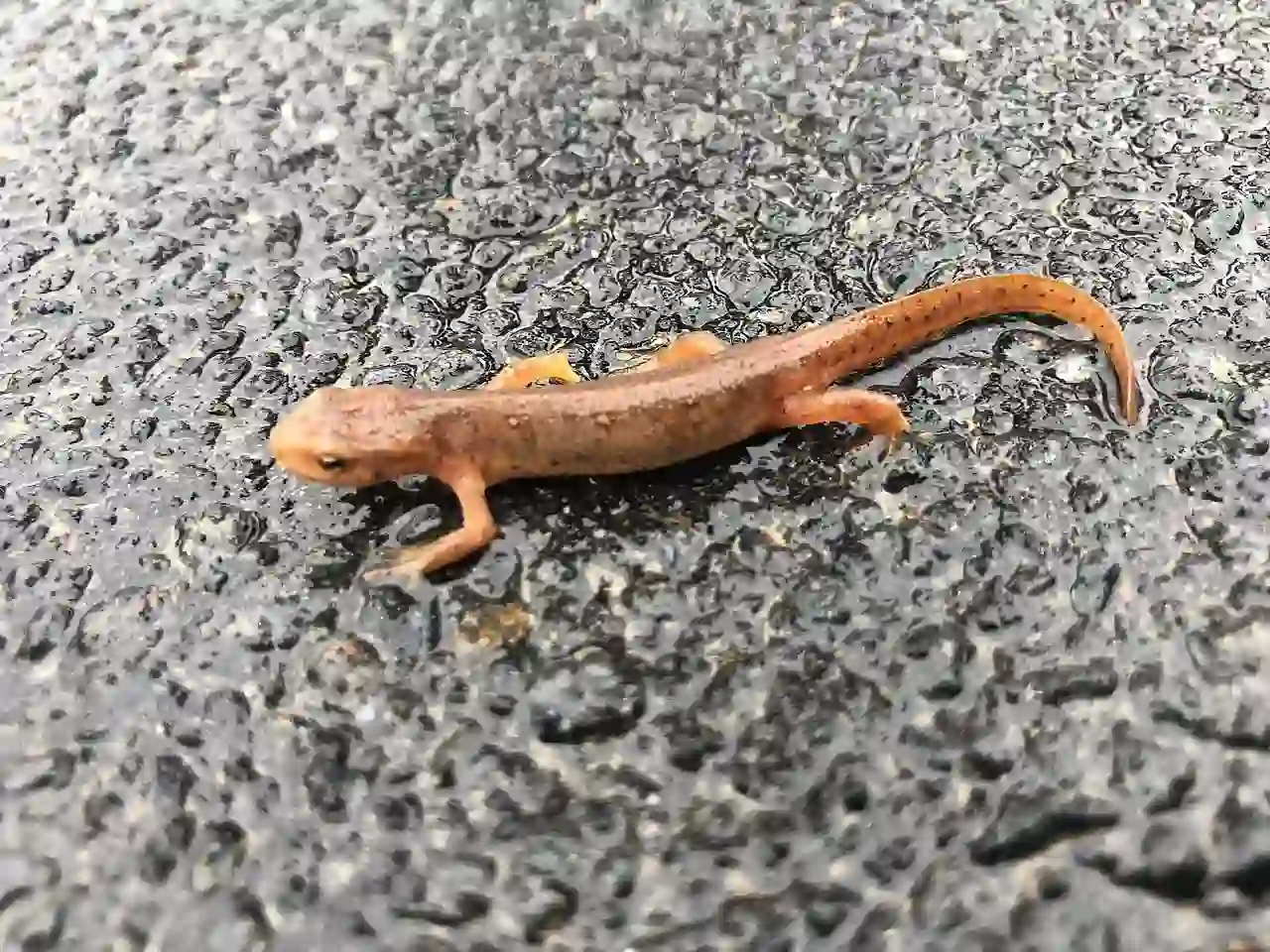
What sets them apart visually is their skin texture; it can have a rough or bumpy quality that gives them a unique charm. Some newts even sport small warts that add an extra touch of whimsy to their already enchanting presence.
So next time you spot one of these delightful critters by a pond or stream, take a moment to appreciate their distinctiveness within the amphibian kingdom.
From their sleek bodies and graceful tails to their moist skin (no scales here!) and diverse appearances, these creatures never fail to captivate our attention.
| Classification Level | Salamanders | Newts |
|---|---|---|
| Kingdom | Animalia | Animalia |
| Phylum | Chordata | Chordata |
| Class | Amphibia | Amphibia |
| Order | Caudata | Caudata |
| Family | Salamandridae | Salamandridae |
| Subfamily | N/A | Pleurodelinae |
Habitat and Distribution
Salamander Habitat
When it comes to their habitat, salamanders are incredibly versatile creatures. You can find them in various habitats worldwide, ranging from lush forests to arid deserts.
These adaptable amphibians have managed to conquer a wide range of ecosystems, making them true survivors. From the dense rainforests of South America to the dry deserts of North Africa, salamanders have found their niche.

However, there is one common denominator when it comes to salamander habitats: moisture. Salamanders possess a unique skin that allows gas exchange directly through it—no lungs involved!
This permeable skin makes them highly susceptible to dehydration. Thus, they tend to favor moist environments where they can retain their precious bodily fluids.
Whether it be hiding under logs in a damp forest or seeking refuge in burrows near water bodies, salamanders understand the importance of staying hydrated. They are commonly found near streams, ponds, lakes, or any other water source that helps them quench their thirst and maintain their moist skin.
Newt Habitat
Newts, on the other hand, have carved out more specific territories for themselves. These charismatic amphibians are commonly found in temperate regions spanning Europe, Asia, and North America.
They have adapted remarkably well to these areas and thrive in environments with moderate climates. A typical newt habitat includes freshwater sources such as ponds or slow-moving streams.

These water bodies provide not only a dependable supply of hydration but also serve as the ideal breeding grounds for these fascinating creatures. While salamanders explore diverse landscapes globally with no strict preference for specific regions other than moisture levels in their surroundings, newts prefer similar temperate environments across continents but gravitate towards aquatic habitats for breeding and survival.
| Salamanders | Newts | |
|---|---|---|
| Habitat | Diverse habitats including forests, woodlands, grasslands, deserts, and wetlands | Aquatic habitats such as ponds, lakes, streams, and wetlands |
| Distribution | Found worldwide, with the highest diversity in the Americas, particularly in North and Central America | Found in Europe, Asia, North America, and parts of Africa |
| Notable Examples | – Red-backed salamander (Plethodon cinereus) – Tiger salamander (Ambystoma tigrinum) – Fire salamander (Salamandra salamandra) | – Smooth newt (Lissotriton vulgaris) – Eastern newt (Notophthalmus viridescens) – Palmate newt (Lissotriton helveticus) |
Life Cycle and Reproduction
Salamander Life Cycle: The Mysterious World of Direct Development and Neoteny
These slippery creatures have quite an interesting way of bringing new generations into the world. Unlike other amphibians, many salamander species skip the whole larval stage drama and opt for direct development.
What does this mean, you ask? Well, it means that these remarkable beings lay eggs that hatch directly into miniature versions of adults.
Talk about skipping a few steps in the reproduction process! But wait, there’s more!
Some salamanders take it to a whole new level by embracing neoteny. Sounds fancy, doesn’t it?
Neoteny simply means that these adult salamanders retain certain juvenile characteristics throughout their lives. It’s like they’re Peter Pan’s amphibian cousins!
Imagine fully grown salamanders with gills or tadpole-like tails—quite a spectacle indeed. Scientists believe neoteny can be influenced by various environmental factors such as temperature and availability of water resources.
Newt Life Cycle: Metamorphosis at Its Finest
If you thought salamander reproduction was intriguing, let me introduce you to the world of newts—a tale filled with metamorphosis and enchanting courtship rituals! Unlike their direct-developing counterparts, most newt species undergo a remarkable transformation from aquatic larvae to terrestrial adults. It’s like watching a nature-themed magic show right before your eyes!
As these teeny-tiny aquatic larvae grow, they develop legs and slowly adapt to living on land rather than solely in water. This incredible metamorphosis allows them to explore both aquatic and terrestrial habitats at different stages of their lives—a true testament to adaptation.
But what makes this journey even more fascinating is the elaborate courtship rituals performed by male newts during the breeding season. Picture this: males flaunting vibrant colors, performing intricate dances, and even releasing special pheromones to attract their potential mates.
It’s like a dance party in the animal kingdom! These courtship displays are not only visually stunning but also serve as a means of communication and competition among males vying for the attention of female newts.
The life cycles and reproductive strategies of salamanders and newts are truly captivating. Salamanders take a shortcut with their direct development, hatching into mini-adults without going through a larval stage.
Some even retain juvenile traits throughout their lives through a phenomenon known as neoteny. On the other hand, newts undergo an enchanting metamorphosis from aquatic larvae to terrestrial adults, showcasing their adaptability to different environments.
Their breeding season becomes quite the spectacle with male newts displaying elaborate courtship rituals to woo their potential mates. Nature never ceases to amaze us with its intricate wonders!
Adaptations for Survival
Regeneration: The Superpower of Salamanders
When it comes to survival, salamanders have a remarkable trick up their slimy sleeves: the ability to regenerate lost body parts. Imagine if you could grow back a finger or a limb like these incredible creatures! Unlike humans, salamanders possess the extraordinary power of tissue regeneration.
If a predator manages to chomp down on a salamander’s tail, fear not – it will simply grow back. This regenerative ability is not limited to their tails!
Salamanders can also regrow limbs, spinal cords, and even parts of their heart and brain. Scientists are still unraveling the mysteries behind this incredible process, but it’s safe to say that salamanders hold the key to unlocking the secrets of regeneration.
A Touch of Toxicity: Venomous Secrets in Some Salamander Species
While some salamanders showcase their regenerative superpower, others take a different approach when it comes to self-defense. Certain species of salamanders have developed toxic skin secretions as a means to deter potential predators. These toxins can range from mild irritants to powerful neurotoxins that can seriously harm or even kill would-be attackers.
These chemical defenses make these particular salamanders “off-limits” on the menu for predators who value their well-being. It’s astounding how nature equips each creature with unique tools for survival.
Frequently Asked Questions
Newts are a type of salamander. So while all newts are salamanders, not all salamanders are newts. Newts belong to the subfamily Pleurodelinae within the family Salamandridae.
A newt is a type of salamander, not a lizard. Lizards belong to a different group called Squamata, which includes reptiles like snakes and lizards. Salamanders, including newts, are amphibians.
Newts are generally safe to touch, but it is important to handle them with care and avoid excessive handling. Some species of newts, such as the rough-skinned newt (Taricha granulosa), produce toxins on their skin, which can be harmful if ingested or if the toxins come into contact with open wounds or mucous membranes. It is recommended to wash your hands thoroughly after handling newts.
Newts undergo metamorphosis, just like other amphibians. They start their lives as aquatic larvae, often called “efts,” and then undergo a metamorphosis process to become fully aquatic adults. During the transition, they develop lungs and lose their gills, as well as undergo other physical changes to adapt to a terrestrial or semi-aquatic lifestyle.
Salamanders, like newts, also undergo metamorphosis. They typically start as aquatic larvae with gills and a fish-like appearance, and then go through a series of transformations as they develop lungs, limbs, and other adaptations required for a terrestrial or semi-aquatic life. The exact details of the metamorphosis process can vary among different species of salamanders.
The toxicity of newts, particularly the rough-skinned newt (Taricha granulosa), is attributed to the presence of a potent neurotoxin called tetrodotoxin. This toxin is produced by certain bacteria present in the newt’s skin, which the newt accumulates from its diet. The toxicity serves as a defense mechanism against predators.
Newts, like most amphibians, are not typically known for their social behavior. They are generally shy and solitary creatures, more focused on their own survival and reproductive needs. While they may not display overt friendliness, they are fascinating creatures to observe in their natural habitats.
Rough-skinned newts, found primarily in the Pacific Northwest of North America, are known for their potent toxicity. If you touch a rough-skinned newt, there is a risk of coming into contact with its skin secretions, which contain tetrodotoxin. The toxin can cause various symptoms, including numbness, tingling, muscle weakness, and in severe cases, it can even be fatal. It is essential to avoid touching or handling these newts without proper knowledge and precautions.
Conclusion
In the vast realm of amphibians, few creatures capture our fascination quite like the marvelous salamander and its close relative, the newt. From their distinct characteristics and preferred habitats to their diverse life cycles and incredible adaptations for survival – there is so much more than meets the eye when it comes to these small but mighty beings.
Salamanders and newts serve as constant reminders that there are extraordinary stories unfolding right beneath our feet. So next time you encounter one of these enchanting amphibians, take a moment to appreciate their resilience and adaptability – they truly exemplify the wonders that Mother Earth has to offer.


